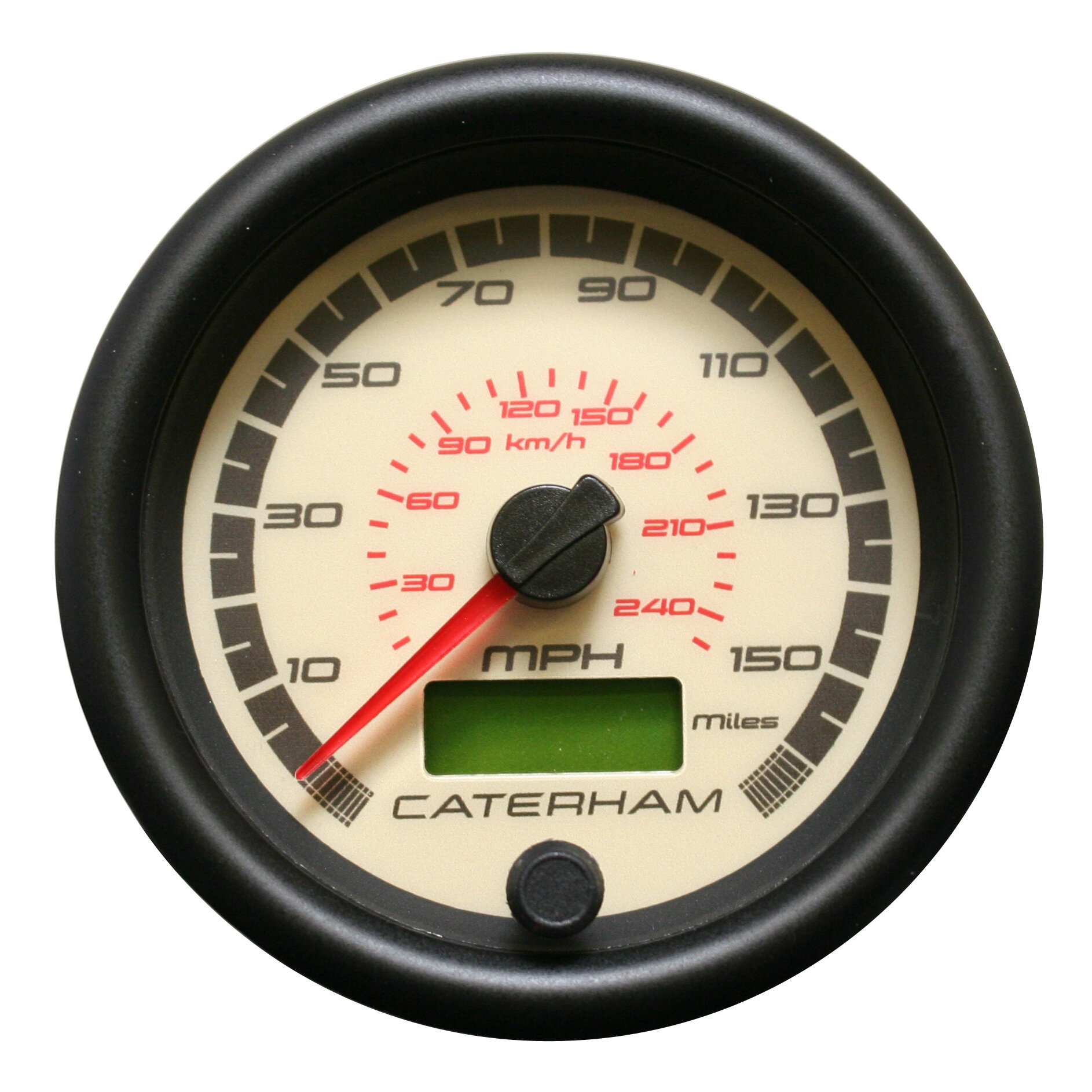How to Choose the Right Tachometer for Your Vehicle or Motorbike
How to Choose the Right Tachometer for Your Vehicle or Motorbike
Blog Article
The Significance of a Tachometer in Checking Engine Speed and Efficiency in Automotive Applications
In the realm of vehicle design, the tachometer stands as a crucial instrument in the driver's toolbox, providing a direct window into the internal operations of an automobile's engine. Past its feature as a plain scale of changes per min (RPM), the tachometer offers as an essential tool for fanatics and professionals alike, providing real-time insights into engine performance and health.
Importance of Keeping Track Of Engine RPM
Checking engine RPM, or transformations per minute, is an essential element of automotive upkeep and efficiency examination. Engine RPM directly associates with the speed at which the engine's crankshaft turns, indicating just how swiftly the engine is running.
In addition, keeping an eye on engine RPM is vital for performance analysis in racing and high-performance vehicles. In summary, keeping an eye on engine RPM is not just vital for spotting problems yet also for optimizing engine performance in different auto applications.

Benefits of Real-Time Data
In vehicle applications, real-time information plays a critical duty in providing instant insights into the performance and condition of the car. By constantly keeping an eye on different criteria such as engine speed, temperature, fuel consumption, and much more, real-time data offers numerous benefits that contribute to boosted efficiency and safety and security when driving.
One substantial benefit of real-time information is its capability to sharp vehicle drivers and professionals to any kind of abnormalities or problems quickly. This proactive approach allows quick identification of possible issues, permitting timely treatments to protect against more damages or malfunctions. Furthermore, real-time data promotes efficiency optimization by offering prompt comments on driving habits and engine performance. Motorists can change their behavior in real-time based upon this info to attain much better fuel economic climate and prolong the life-span of their automobile.

Moreover, real-time data plays a crucial function in modern automobile diagnostics, making it possible for specialists to promptly diagnose and attend to breakdowns. This brings about minimized downtime, lower maintenance prices, and ultimately, improved general lorry reliability and longevity (tachometer). By taking advantage of the power of real-time information, automotive stakeholders can make educated choices that favorably impact both the performance and durability of the lorry
Effect On Gear Shifts
Effective equipment changes in auto applications significantly influence overall efficiency and driving experience. The tachometer plays a vital duty in maximizing equipment changes by giving real-time engine speed data to the motorist. When coming close to the redline on the tachometer, it signifies the vehicle driver to upshift to prevent over-revving the engine and causing prospective damage. On the various other hand, downshifting at the ideal minute can assist preserve the engine in its power band, making sure receptive velocity when needed.
Furthermore, the tachometer aids in achieving smoother gear transitions, particularly in hand-operated transmissions. By checking engine rate, motorists can perform gear changes at the ideal RPM variety, reducing snagging movements and reducing wear on the transmission parts. This accuracy in gear changes not just improves driving comfort yet additionally contributes to fuel performance.
Enhancing Gas Effectiveness
Given the important role the tachometer plays in optimizing equipment shifts for efficiency and engine health, it directly contributes to maximizing gas efficiency in automobile applications. By providing real-time feedback on engine rate, the tachometer assists vehicle drivers in preserving one of the most effective RPM range for gas economy. When vehicle drivers regularly monitor the tachometer and change their motoring practices as necessary, they can prevent unneeded fuel usage caused by over-revving or carrying the engine.
Additionally, the tachometer aids drivers identify the most fuel-efficient gear to be in at any given moment, preventing the engine from working tougher than necessary. In conclusion, the tachometer serves as a valuable tool in enhancing gas performance by advertising optimal driving practices and determining areas for improvement in the vehicle's performance.

Taking Full Advantage Of Engine Longevity
The tachometer's role in monitoring engine rate and efficiency contributes in guaranteeing the longevity of automotive engines. By using the tachometer effectively, vehicle drivers can maximize engine durability through conscious RPM administration. Regularly revving an engine expensive can bring about too much damage on important elements, such as the pistons, shutoffs, check over here and bearings. Gradually, this can result in lowered engine performance and potential breakdowns. Keeping track of the tachometer allows motorists to stay within the advised RPM variety for Read Full Article their lorry, stopping unnecessary pressure on the engine and expanding its life expectancy.

Conclusion
To conclude, the tachometer plays an important role in keeping an eye on engine speed and efficiency in automotive applications. By supplying real-time data on RPM, it permits reliable gear changes, look here enhanced fuel performance, and made best use of engine durability. This device is necessary for maintaining ideal engine efficiency and guaranteeing the total functionality of an automobile.
Report this page